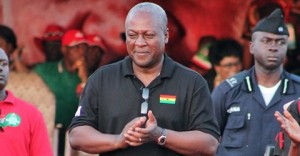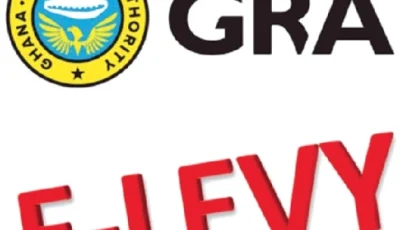Warning: Undefined array key "dirname" in /home/anapuafm/public_html/wp-content/themes/anapuafm/include/plugin/filosofo-image/filosofo-custom-image-sizes.php on line 133
Warning: Undefined array key "extension" in /home/anapuafm/public_html/wp-content/themes/anapuafm/include/plugin/filosofo-image/filosofo-custom-image-sizes.php on line 134
President Mahama Adds GH¢15.6 billion To Ghana’s Total Debt
 Data from the Monetary Policy Committee of the Bank of Ghana has revealed that President John Dramani Mahama has added a whopping GH¢15.6 billion to Ghana’s total public debt stock since being sworn into office as caretaker and substantive President within the period from July 2012 to August 2013.
Data from the Monetary Policy Committee of the Bank of Ghana has revealed that President John Dramani Mahama has added a whopping GH¢15.6 billion to Ghana’s total public debt stock since being sworn into office as caretaker and substantive President within the period from July 2012 to August 2013.
The Monetary Policy Committee of the Bank of Ghana yesterday revealed that Ghana’s total public debt stock “increased to GH¢43.9 billion (49.5% of GDP) at end of August 2013, from GH¢35.1 billion in December 2012.”
“Of this, the domestic component amounted to GH¢24 billion compared to GH¢18.5 billion in December 2012. External debt stood at US$10.2 billion, up from US$8.8 billion in December 2012,” a report by the committee explained.
However, checks made by the New Statesman further revealed that President John Dramani Mahama is responsible for contracting one-third of Ghana’s total debt stock.
According to the MPC report of September 2012, “The total public debt at the end of July 2012 was GH¢28.3 billion, equivalent to 44.4 per cent of GDP.”
This implies that President John Mahama has contracted a total of GH¢15.6 billion of debt for Ghanaians since becoming the President of Ghana.
Many people have wondered what the impact of these huge loans has been on the lives of Ghanaians, considering the continued labour agitations that have taken place over the last year, the arrears owed to contractors, GETFund, NHIS and other statutory funds.
Ghana’s total debt stock of GH¢43.9 billion means that every Ghanaian, down to a newly born baby, owes a total of GH¢1,688.42.
The increase in the domestic debt component of the total debt stock from GH¢13.7 billion at the end of July 2012 to GH¢24 billion under the Presidency of John Mahama lends credence to the statements made by the economic team of the New Patriotic Party to the effect that the NDC government is competing with the private sector for funds.
Analysts explain that what this means is that government has been competing with and squeezing out private enterprise from borrowing from the banks. Thus, private enterprises cannot access capital to grow their business in order to employ the youth.
Yesterday’s MPC report further stated that total revenue and grants amounted to GH¢10.4 billion, lower than the target of GH¢12.5 billion, mainly as a result of shortfalls in domestic revenue collections and low disbursement of grants.
Of this outturn, domestic revenue totalled GH¢9.8 billion, below the target of GH¢11.6 billion. Total tax revenue amounted to GH¢7.7 billion, lower than the target of GH¢9.1 billion. Grant disbursements were GH¢542 million, falling short of its target by 41.7 percent. Non-tax revenues amounting to GH¢2.1 billion for the period also missed the target by 12.4 per cent.
Total expenditure including clearance of arrears and outstanding commitments amounted to GH¢16.0 billion, lower than the budget target of GH¢17.5 billion.
“The above developments resulted in a fiscal deficit (cash basis) equivalent to 6.3 percent of GDP against a target of 5.6 percent. The deficit was financed mainly from domestic sources, resulting in a Net Domestic Financing (NDF) of GH¢4.4 billion, higher than the budget target of GH¢3.6 billion. Foreign financing of the budget amounted to GH¢1.3 billion, marginally lower than the GH¢1.5 billion target. Financing from Bank of Ghana amounted to GH¢1.0 billion, equivalent to 4.9 percent of projected revenue,” the MPC added.
Source: Fiifi Arhin/thestatesmanonline.com




